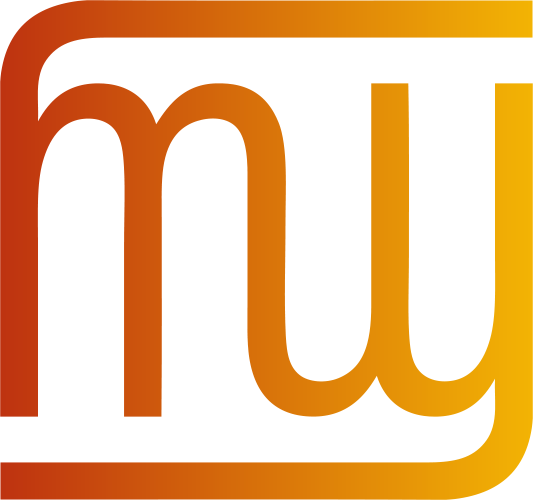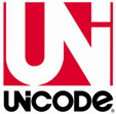
The W3C Internationalization (I18n) Activity works with W3C working groups and liaises with other organizations to make it possible to use Web technologies with different languages, scripts, and cultures. From this page you can find articles and other resources about Web internationalization, and information about the groups that make up the Activity.
Recent highlights
![]() W3C HTML5 Validator enhanced with language detection functionality
W3C HTML5 Validator enhanced with language detection functionality
![]() For review: Time & date, Essential concepts
For review: Time & date, Essential concepts
![]() Updated article: Changing an HTML page to Unicode
Updated article: Changing an HTML page to Unicode
![]() Publication of the final OntoLex specification: lexicon model for ontologies (lemon)
Publication of the final OntoLex specification: lexicon model for ontologies (lemon)
All news
W3C HTML5 Validator enhanced with language detection functionality
The W3C HTML5 Validator has been enhanced with functionality that detects the overall language of a page. The validator can currently detect a little over 50 languages, but more will be added over time.
This makes it possible to compare the language of the content in a page with language declarations, and issue warnings if the lang attribute does not match the language of content, if no lang attribute is given at all, or if a language using a right-to-left script is detected but a dir attribute is missing from the html tag.
For more information on the lang attribute, see the Why use the language attribute? article, or Declaring the overall language of a page in the technique index.
For review: Time & date, Essential concepts
A draft of a new article, Time & date, Essential concepts is out for wide review. We are looking for comments by 22 June.
This article introduces a number of basic concepts needed to understand other articles that deal with time zones and handling of dates and times on the Web.
Please send any comments as github issues by clicking on the link “Leave a comment” at the bottom of the article. (This will add some useful information to your comment.)
Note that some links don’t work because this is in a test location. No need to report those.
New article: Ruby markup
Ruby is the name given to the small annotations in Japanese and Chinese content that are rendered alongside base text, usually to provide phonetic information, but sometimes to provide other information.
This article discusses how to use HTML5 markup for ruby text. It covers what works and what is still aspirational pending more widespread browser support.
The aim of markup is principally to establish the relationships between the base text and the ruby text (the annotations). Information about how to then apply adjustments to the default styling of ruby text which be covered by Ruby Styling, which is still in development.
Updated article: Changing an HTML page to Unicode
The article was edited to make it easier for non-experts to follow. An example of an encoding declaration was added, and a form to check for HTTP headers, but most of the text was also reworked.
See the updated article.
Publication of the final OntoLex specification: lexicon model for ontologies (lemon)
For review: Ruby Markup
A draft of a new article, Ruby Markup is out for wide review. We are looking for comments by 5 May.
The article describes how to mark up HTML for ruby support. (It will later be followed by a similar article describing how to style ruby.)
Please send any comments as github issues by clicking on the link “Leave a comment” at the bottom of the article. (This will add some useful information to your comment.)
Updated Working Group Note: Unicode in XML and other Markup Languages
The WG Note, Unicode in XML and other Markup Languages has been republished with a note at the beginning which explains the following:
- the document is now owned solely by W3C, rather than a joint production between W3C and the Unicode Consortium
- the current version of the document is out-of-date, and should be used with care
- a new version is in preparation.
Unicode Conference speaker submission deadline 4 April

For twenty-five years the Internationalization & Unicode® Conference (IUC) has been the preeminent event highlighting the latest innovations and best practices of global and multilingual software providers. The 40th conference will be held this year on November 1-3, 2016 in Santa Clara, California.
The deadline for speaker submissions is Monday, 4 April, so don’t forget to send in an abstract if you want to speak at the conference.
The Program Committee will notify authors by Friday, May 13, 2016. Final presentation materials will be required from selected presenters by Friday, July 22, 2016.
Tutorial Presenters receive complimentary conference registration, and two nights lodging, while Session Presenters receive a fifty percent conference discount and two nights lodging.
New article: Guiding users to translated pages
This new article addresses the question: If my site contains alternative language versions of the same page, what can I do to help the user see the page in their preferred language?
This article is relevant for pages for which there are complete translations of the content. If your alternative pages have different content, or are regional variants rather than translations, you may need to do things differently.
The article is accompanied by a Swedish translation, thanks to Olle Olsson.
Updated articles on bidi topics
The following articles have been updated and reviewed by the Internationalization Working Group. If you have additional comments, please send them using the “Leave a comment” link at the bottom right of the page.
How to use Unicode controls for bidi text
see the changes on github
Unicode controls vs. markup for bidi support
see changes on github
CSS vs. markup for bidi support
see changes on github
Changes include the following:
* added a quick answer
* removed background sections now that we have other articles that deal with that information (pointed to those)
* clarified the distinction between structural/block markup and inline markup wrt control character usage in a new section
* expanded the section on inline issues to take into account HTML5-related developments
* introduced concept of isolation, including RLI/LRI/FSI/PDI
* removed out of date references and quotations
* introduced the concept of tightly-wrapping all opposite-direction phrases from the HTML article
* basically rewrote everything to make it cleaner, clearer and more snappy
* replaced outdated spec links and quotes
* added reference to polyglot
* pointed to the HTML5 rendering section rather than providing a CSS template (which was out of date) in the document
Questions or comments? ishida@w3.org
 Current projects
Current projects @webi18n
@webi18n